Why Trust Ayursona Fine Foods?
- 100% Maida-Free:We use nutrient-rich grains like ragi (finger millet), soyabean, and wheat.
- Ayurvedic Expertise: Crafted under the guidance of doctors and nutritionists to ensure optimal health benefits.
- Quality & Freshness Assured:Hygienically manufactured and packed with advanced technology to preserve nutrients.
- Affordable & Accessible:We deliver high-quality health foods at a cost-effective price.
Our mission is to promote a healthier society by offering nutritious, ready-to-eat products that suit today’s fast-paced lifestyles.
The Dangers of Maida (White Flour): The Silent Killer
Why You Should Avoid Maida
Maida, or refined white flour, is a highly processed product that may taste good but wreaks havoc on your health. Here’s why you should eliminate maida from your diet:
- Zero Nutritional Value:Processing strips maida of all essential nutrients like fiber, vitamins, and minerals, making it nothing but empty calories.
- High Glycemic Index:Maida leads to rapid spikes in blood sugar levels, increasing the risk of diabetes, obesity, and energy crashes.
- Digestive Issues:Maida forms a sticky residue in the gut, causing constipation and poor digestive health.
- Unhealthy Weight Gain:Excess refined carbohydrates in maida contribute to fat storage and unwanted weight gain.
- Cardiovascular Risks:Regular maida consumption increases bad cholesterol levels (LDL) and impacts heart health.
- Inflammation & Low Immunity:Processed foods containing maida lead to chronic inflammation, weakening your immune system.
Choose Healthier Alternatives
Switch to nutrient-dense options like finger millet (ragi), soyabean, and whole grains to promote a healthy body and active lifestyle. Ayursona Fine Foods provides maida-free biscuits and products that let you enjoy taste without compromising your health.
Take a stand for your well-being—ditch maida and embrace a healthier you!
Nutritional Differences Between Atta & Maida - Maida vs Atta
| Nutrient | Atta (Whole Wheat Flour) | Maida (Refined Wheat Flour) |
|---|---|---|
| Calories | 340–360 kcal (per 100g) | 350–370 kcal (per 100g) |
| Carbohydrates | 70–72 g | 75–77 g |
| Protein | 12–13 g | 9–11 g |
| Fat | 1.5–2 g | 0.5–1 g |
| Fiber | 10–12 g | 2–3 g |
| Calcium | 30–40 mg | 15–20 mg |
| Iron | 3–5 mg | 1–2 mg |
| Vitamin B1 (Thiamin) | 0.4–0.5 mg | 0.1–0.2 mg |
| Vitamin B3 (Niacin) | 4–5 mg | 1–2 mg |
Key Differences
- Fiber: Atta retains significantly more fiber as it contains bran, while Maida is highly refined.
- Protein: Atta has higher protein content compared to Maida.
- Vitamins & Minerals: Atta retains more calcium, iron, and B vitamins because of minimal processing.
- Carbohydrates: Maida has slightly higher carbohydrate content but lacks other nutrients.
- Calories: Both have similar caloric values, but Atta is nutritionally superior
Atta is healthier and preferred for its fiber, nutrients, and slower digestion rate, while Maida is mostly empty calories and less beneficial for health.
Why Choose Ragi and Soybean?
| Nutrient | Rice | Wheat | Jowar (Sorghum) | Bajra (Pearl Millet) | Ragi (Finger Millet) | Soybean |
| Calories | 350–360 kcal | 340–360 kcal | 330–340 kcal | 330–350 kcal | 320–340 kcal | 400–450 kcal |
| Carbohydrates | 78–80 g | 70–72 g | 65–68 g | 60–65 g | 65–70 g | 30–35 g |
| Protein | 6–7 g | 12–13 g | 10–11 g | 10–12 g | 7–8 g | 36–38 g |
| Fat | 0.5–1 g | 1.5–2 g | 1.5–2 g | 4–6 g | 1–1.5 g | 18–20 g |
| Fiber | 0.5–1 g | 10–12 g | 8–10 g | 8–10 g | 10–12 g | 10–12 g |
| Calcium | 5–10 mg | 30–40 mg | 25–30 mg | 40–50 mg | 350–400 mg | 220–240 mg |
| Iron | 0.5–1 mg | 3–5 mg | 3.5–4.5 mg | 6–8 mg | 3–4 mg | 10–12 mg |
| Vitamin B1 (Thiamin) | 0.1–0.2 mg | 0.4–0.5 mg | 0.2–0.3 mg | 0.3–0.4 mg | 0.4–0.5 mg | 0.6–0.8 mg |
| Vitamin B3 (Niacin) | 1–2 mg | 4–5 mg | 2–3 mg | 2.5–4 mg | 1.5–2 mg | 1–2 mg |
- High Protein Content:
- Soybean has the highest protein (36–38 g), making it an excellent source for vegetarians.
- Ragi also contains a decent amount of protein (7–8 g) compared to other millets.
- Calcium Superiority:
- Ragi stands out with 350–400 mg of Calcium, crucial for strong bones and teeth.
- This is far higher than other grains like rice, wheat, and jowar.
- Iron-Rich:
- Soybean contains the highest iron (10–12 mg).
- Millets like Bajra also provide good iron (6–8 mg), while Ragi offers moderate amounts.
- Fiber:
- Both Ragi and Soybean contain good fiber content (10–12 g).
- This helps improve digestion, regulate blood sugar, and aid weight management.
- Low in Fat (Ragi):
- Ragi is low in fat (1–1.5 g) compared to Soybean, making it an ideal choice for those seeking low-fat grains.
- Soybean, however, provides healthy fats (18–20 g), which are beneficial in moderation.
- Balanced Nutrients:
- Ragi combines calcium, fiber, and essential nutrients, making it a great all-rounder millet.
- Soybean is a powerhouse of protein, healthy fats, and iron, ideal for those needing energy and muscle recovery.
- For Bone Health and Fiber: Opt for Ragi.
- For Protein, Iron, and Energy: Choose Soybean.
- Combining both Ragi and Soybean in the diet ensures balanced nutrition with high protein, calcium, iron, and fiber content—much superior to rice, wheat, or other millets.




